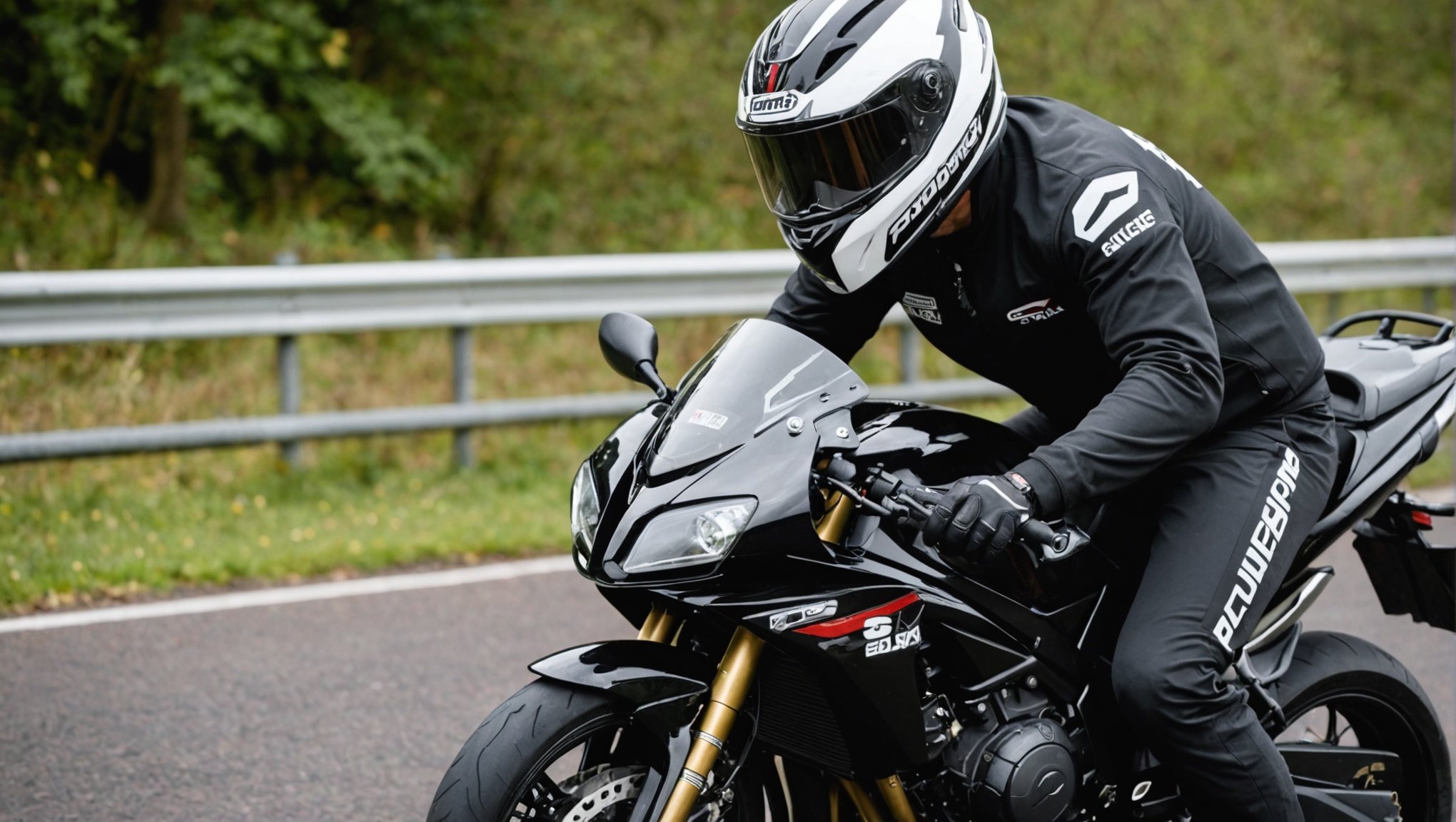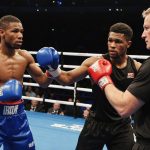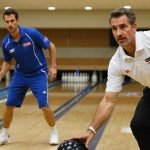Overview of Hearing Protection for Sport Bikers
For sport bikers, hearing protection is not just an option; it is a necessity. The constant roar of the engine and the rush of wind can expose riders to noise levels that may jeopardize their hearing health over time. Sport bikers, who often reach higher speeds, are particularly vulnerable to excessive noise exposure.
The Importance of Hearing Protection
When the noise on a ride exceeds safe levels, hearing damage can result. This damage is usually not apparent until it’s too late. As an avid sport biker, safeguarding your hearing should be a high priority to maintain the ability to enjoy biking for years to come.
Also to read : Top Shock Absorbers for Sport Bikes Navigating the UK”s Pothole-Riddled Urban Roads
UK Regulations
In the UK, legislation surrounding hearing protection for sport bikers is strict. Regulations necessitate that bikers are made aware of the noise dangers. While it’s not mandated to wear hearing protection, it is strongly recommended, especially during long rides or in high-speed situations.
Sources of Noise Impacting Bikers
A sport biker encounters several noise sources, such as:
Also read : Top Mechanical Issues in UK Sport Bikes: Prevention Tips to Keep You Riding Smoothly
- Engine noise, especially at high RPMs
- Wind noise, which increases with speed
- Traffic noise, contributing to overall decibel levels
Understanding these sources can help bikers make informed decisions about using custom earplugs or other protective gear.
Top Ear Protection Products for UK Sport Bikers
For UK sport bikers, staying protected isn’t just about helmets and jackets; ear protection is also crucial. Whether it’s reducing wind noise or preventing long-term hearing damage, using the right biking gear can make a significant difference.
Product 1: Alpine MotoSafe Pro Earplugs
Alpine MotoSafe Pro Earplugs are designed with the sport biker’s unique needs in mind. These earplugs boast innovative acoustic filters that reduce dangerous wind and traffic noise without compromising the ability to hear essential sounds like alarms or signals. They provide a comfortable fit and are perfect for long rides. Bikers have applauded their easy-to-clean material and the way they fit snugly under helmets without discomfort.
Product 2: EarPeace Moto Earplugs
EarPeace Moto Earplugs deliver high-fidelity sound while cutting down excessive noise, which is crucial when considering top ear protection products. Riders appreciate the three acoustic filter choices that allow for custom levels of sound reduction. The durable, hypoallergenic silicone provides a secure yet comfortable seal. Users report high satisfaction due to the product’s robustness and effectiveness on diverse terrains.
Product 3: Pinlock Earplugs
Pinlock Earplugs focus on providing comfort alongside robust sound attenuation. Equipped with advanced noise filters, these earplugs are celebrated for their excellent performance in reducing noise pollution. The compact design makes them a staple in any sport biker’s gear. Many users note their long-lasting durability and appreciate their effectiveness in enhancing the overall riding experience.
Comparison of Ear Protection Solutions
Examining ear protection options requires understanding various evaluation criteria. These benchmarks include noise reduction levels, comfort, durability, user feedback, and cost-effectiveness. Headphones or earplugs that excel in these areas offer the best value for consumers.
Criteria for Evaluating Ear Protection
Before diving into a side-by-side comparison, it’s crucial to identify the key aspects one should consider when reviewing ear protection. Noise reduction rate (NRR) measures how effectively a product can lessen external sounds. Comfort pertains to how pleasantly the product fits, especially over extended periods. Durability is about how well the product withstands wear and tear. Finally, value for money assesses the balance between performance and cost.
Side-by-Side Comparison of Top Products
Let’s compare two renowned ear protection products: the X2000 Ear Defenders vs. the QuietComfort Earplugs. The X2000 excels in noise cancellation with an NRR of 30, ideal for industrial environments. Meanwhile, QuietComfort Earplugs offer moderate NRR of 24 but stand out in comfort and compact design, catering to everyday use.
Value for Money and Performance Analysis
When considering user feedback, QuietComfort Earplugs receive praise for their snug fit and convenience, while the X2000 is favoured for its robust noise reduction. Depending on specific needs—worksite versus day-to-day use—each offers distinct benefits aligning with consumer preferences.
Tips for Selecting the Right Ear Protection
When selecting ear protection, the choices may initially seem overwhelming. However, considering certain key factors can help ease the process. Firstly, assess the level of noise reduction needed. Motorcycles often hit high decibel levels, which means effective earplugs should offer significant sound attenuation. Custom earplugs, molded specifically to your ears, provide superior noise isolation compared to disposable earplugs, which are more convenient but potentially less effective.
Comfort is another crucial factor. On long rides, poorly fitting ear protection can cause discomfort and distraction. Custom earplugs excel in this area as they are tailored to fit the exact contours of your ear canal, offering unparalleled comfort. In contrast, disposable options, while convenient, may not provide the same comfortable fit, especially over extended periods.
Consider the specific biking conditions you frequently encounter. For instance, if you ride mostly on highways, opt for ear protection that delivers greater wind noise reduction. In urban areas with frequent stoppages, choose earplugs that allow some level of conversation yet still provide adequate protection.
Tailoring your ear protection choice to personal comfort, noise reduction needs, and riding environment ensures that you select the most appropriate gear for a safer and more enjoyable biking experience.
The Importance of Hearing Safety for Bikers
Ensuring hearing safety among bikers is paramount, given the potential long-term effects of excessive noise on hearing health. Bikers often face noise levels that can exceed 100 decibels due to engine roars and wind blast, increasing the risk of ear damage over time. Consistent exposure can lead to tinnitus, a persistent ringing in the ears, or even permanent hearing loss.
Raising biker awareness about these risks is crucial. Acknowledging the problem is the first step; bikers should be encouraged to use protective gear like earplugs and noise-cancelling headphones. Engaging in regular hearing check-ups can also help in monitoring any adverse changes, ensuring proactive measures are taken.
There have been numerous real-life examples within the biking community illustrating the long-term effects of neglecting hearing safety. Individuals who have ridden for years without adequate protection often report significant hearing impairment, negatively impacting their quality of life.
To protect their hearing, bikers can adopt strategies like choosing quieter motorcycle models or modifying riding posture to reduce wind noise exposure. The combination of personal protection and informed awareness is vital. Prioritising hearing health ensures bikers can continue to enjoy their passion for riding without compromising their auditory well-being.
Relevant Regulations and Standards in the UK
In the United Kingdom, hearing protection regulations for bikers play a critical role in ensuring rider safety. These standards aim to address the risks associated with prolonged exposure to loud noises, which can occur during biking on busy roads or highways.
The key regulation under this framework is the Control of Noise at Work Regulations 2005, which extends its applicability to bikers. Compliance with these regulations is crucial, as non-compliance can result in both immediate safety risks and long-term health issues, such as hearing damage or loss. Riders disregarding these requirements might also face legal consequences, leading to fines or restrictions on biking privileges.
For bikers, aligning with UK hearing regulations means investing in certified hearing protection equipment that meets safety standards. Regular audits or checks are advised to ensure ongoing compliance, preventing any oversight in protection measures.
To stay informed about the latest biking standards, riders can refer to resources such as the Health and Safety Executive’s (HSE) website and various biker safety organisations in the UK. These platforms provide updates and guidance on navigating the complex landscape of safety compliance, ensuring bikers are equipped with the necessary knowledge and tools to safeguard their hearing.













